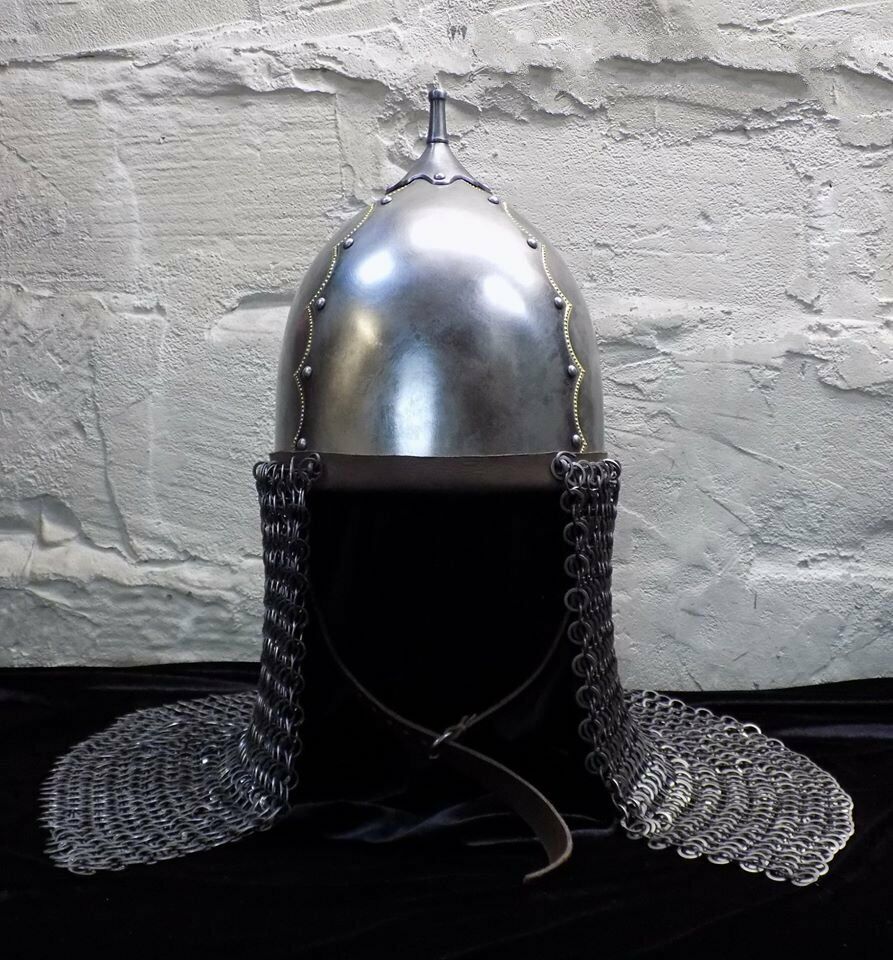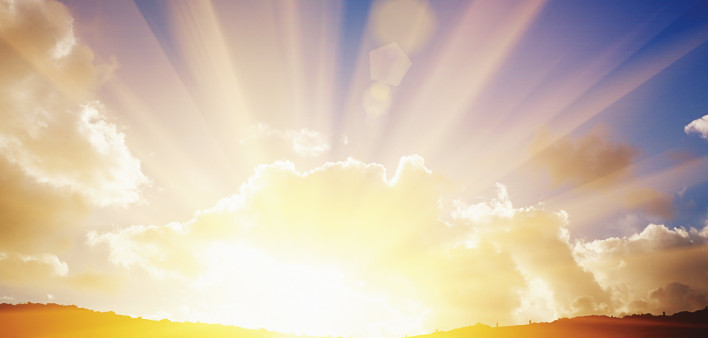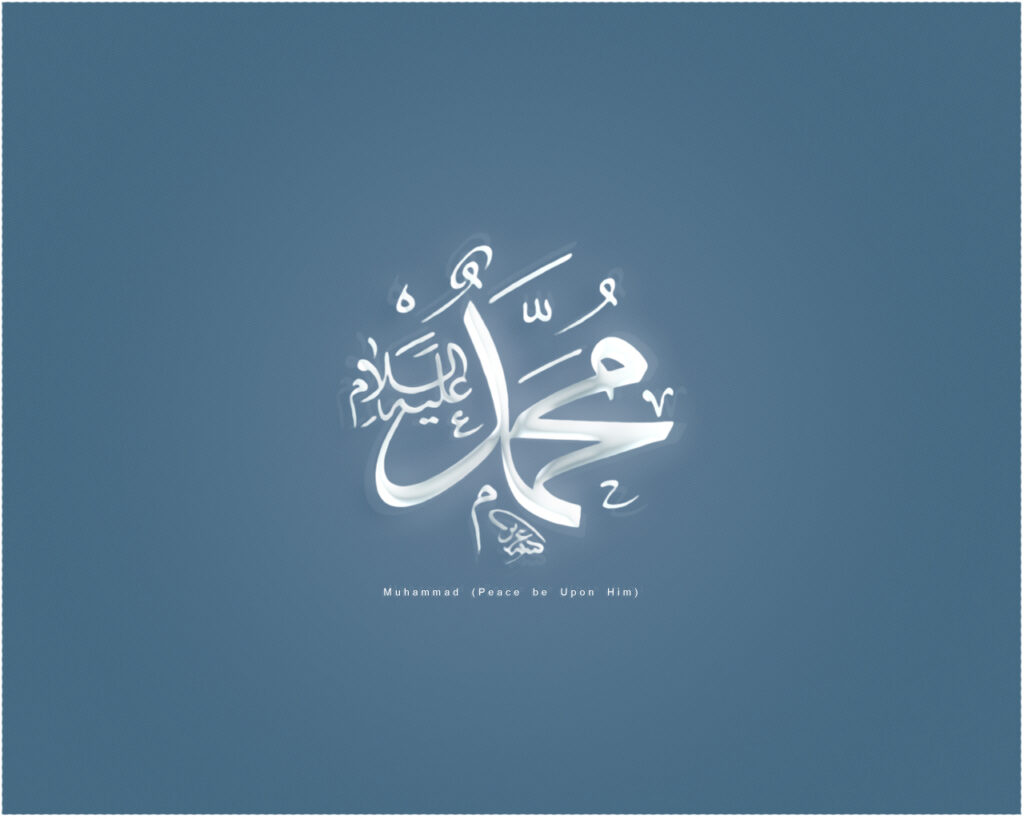
THE HELMET OF THE PROPHET
A helmet is a hat made of steel to protect the head in war. The author has quoted two hadith in this chapter
Hadith 1
Hazrat Anas radiyallahu anhu reports that, on the day when Makkah was conquered, the Prophet of Allah sallallahu alaihe wasallam wore a helmet when they entered the city. (The Prophet of Allah sallallahu alaihe wasallam removed the helmet after being satisfied that everything was under control).
Someone came to the Prophet of Allah sallallahu alaihe wasallam and said,
“O’ Messenger of Allah, this Ibn Khatl is holding the cover (black cloth) of the Ka’bah.”
The Propet of Allah sallallahu alaihe wasallam replied, “Kill him.”
Commentary
When the Prophet of Allah sallallahu alaihe wasallam entered Makkah Mukarramah as a
conqueror, the people of Makkah became frightened. There was no place to live nor a path to walk.
The Prophet of Allah sallallahu alaihe wasallam who is well known for being merciful and
generous, announced that the person who entered the House of Allah (Ka’bah) was safe, and
those who remained in their homes were also safe. The one who laid down his arms was also safe, etc.
There were eleven men and six women whose crimes could not be forgiven. These
people were not included in the general amnesty. It was announced that there was no mercy for these people.
Among these criminals seven men and two women embraced Islam and were pardoned. The remaining four men and and four women were killed. Ibn Khatl was one of the eight that were punished.
He had first come to Madinah Munawwarah where he accepted Islam and kept the name
Abdullah. The Prophet of Allah sallallahu alaihe wasallam sent him to a tribe to collect zakah.
He killed a Muslim slave just because he had not prepared meals on time. Fearing that if he
returned to Madinah Munawwarah he would be punished by death, he became a murtad
(apostate) and went to Makkah.
In Makkah he used to abuse the Prophet of Allah sallallahu alaihe wasallam. He purchased two slave girls, who sang songs in which the Prophet of Allah sallallahu alaihe wasallam was satirized. This made him feel happy. For this reason, despite of entering the Baytullah (Ka’bah), he was killed.
There are many versions according to the Muhadditheen as to who the person was that killed him. A fiqhi mas’alah may also arise from this hadith that punishment and revenge is permissible in the Haram.
The question needs a lengthy explanation, and there is no need for it here.
It is omitted to keep the subject matter brief. These matters are referred to so that those who love to acquire knowledge and also students after reading it, will seek more information from their Mashaa’ikh. From this we also find a question of entering Makkah Mukarramah without Ihram, which is discussed in the hadith that follows.
Hadith 2
It is related from Hazrat Anas radiyallahu anhu that the Prophet of Allah sallallahu alaihe
wasallam, when entering Makkah as a conqueror, wore a helmet on his auspicious head.
After he had removed it, a person came and said, “O’ Messenger of Allah, Ibn Khatl is clinging to the cover of the Ka’bah.”
The Prophet of Allah sallallahu alaihe wasallam replied, “He is not of the ones who have been
granted amnesty, kill him.”
Ibn Shihaab Zuhri says, “I have been informed that the Prophet of Allah sallallahu alaihe
wasallam was not in the state of Ihraam.”
Commentary
The last sentence in the above hadith by Imam Zuhri refers to a fiqhi mas’alah. According to the Hanafi’s it is not permissible to enter Makkah Mukarramah without Ihraam, because it is
mentioned in the hadith that it is not permissible to cross the meeqaat boundary without wearing Ihraam.
On the strength of the above hadith the Shafi’is say it is permissible. According to the
Hanafi’s this hadith cannot be used as an argument, because the prohibition was specially lifted for the Prophet of Allah sallallahu alaihe wasallam on this particular occasion.
Imam Bukhari and others have quoted narrations wherein the Prophet of Allah sallallahu alaihe wasallam has said, “This was permissible for me today (not wearing Ihraam) and not for any other person.”
It may be possible that Ibn Khatl went to hold the cover of the Ka’bah to repent and make
supplications, since he knew that there was no amnesty for him. He remembered all his past deeds, turning apostate, and all that he had committed since.
He may have done this to make a supplication, as these people also venerated and respected the Ka’bah. The simplest explanation seems to be that according to the old custom, he may have hoped for an amnesty, because of the sanctity and reverence for the Ka’bah, criminals were not killed in this state
THE TURBAN OF THE PROPHET

The length of the turban of Rasoolullah sallallahu alaihe wasallam has not been given in the well known ahadith. In a narration from Tabrani seven dhira’ have been mentioned. Bayjuri has related from Ibn Hajar that this hadith has no origin.
Allamah Jazri says, “I studied the books on serah (the history of the Rasoolullah sallallahu
alaihe wasallam), but I found no mention of any length.”
It is related from Imam Nawawi that Rasoolullah sallallahu alaihe wasallam had two turbans, one was a small one, the length of which was six dhira’ (cubits, hands) according to Munaawi, and seven dhira’ according to Mulla Ali Qari. The long one was twelve dhira’.
The author of ‘Madkhal’ mentions that the length of the turban of Rasoolullah sallallahu alaihe wasallam was seven dhira’.
He has not mentioned any other size It was a continuous sunnah to wear the turban. It has been related that Rasoolullah sallallahu alaihe wasallam ordered the wearing of the turban. He said, “Wear an amaamah (turban) regularly, for it increases one’s hilm (gentleness)”. (Fathul Baari)
Someone enquired from Abdullah bin Umar radiyallahu anhuma, “Is it sunnah to wear an
amaamah (turban)?”
He replied, “Yes it is sunnah.” (Ainy)
In one hadith it is stated that a turban should be worn regularly for it is a sign of Islam, and it distinguishes between a Muslim and Kafir. (Ainy)
The author has mentioned five ahaadith in this chapter.
Hadith 1
Hazrat Jabir radiyallahu anhu reports that when Makkah was conquered, Rasoolullah sallallahu alaihe wasallam entered the city wearing a black turban.
Commentary
This hadith seems to contradict the previous ahaadith (mentioned in the previous chapter on the helmet of Sayyidina Rasoolullah sallallahu alaihe wasallam, wherein it is stated that Sayyidina Rasoolullah sallallahu alaihe wassallam wore a helmet and entered Makkah.
In reality there is no difference. It is not impossible to wear a turban on a helmet. Both hadith can be summed up easily.
Some Ulama say that when he entered Makkah he wore a helmet. As soon as he removed
the helmet, he wore a turban. Therefore in that narration, the time of entry is mentioned since the time was appropriate. Some Ulama are of the opinion that because a metal head cover may have been troublesome, he may have worn a turban beneath it.
Hadith 2
Hazrat Amr bin Huraith radiyallahu anhu says, “I had seen Rasoolullah sallallahu alaihe
wasallam wear a black turban.”
Commentary
In Muslim and Nasai, Hazrat Amr bin Huraith radiyallahu anhu says, “That scene is still before my eyes, when Sayyidina Rasoolullah sallallahu alaihe wasallam was delivering the sermon on the mimbar.
He wore a black turban on his auspicious head, and its shamlah (the end portion of
the turban) was between his shoulders
Hadith 3

Hazrat Amr bin Huraith radiyallahu anhu relates that Sayyidina Rasoolullah sallallahu alaihe
wasallam was once delivering the sermon, and there was a black turban on his auspicious head.”
Commentary
According to well known sayings, this sermon was at the time when Makkah Mukarramah was conquered.
It was given from the threshold of the Ka’bah’s door, as has been mentioned in the
previous ahaadith by Hazrat Jabir radiyallahu anhu.
In some ahaadith relating to this incident, it has been mentioned that the sermon was delivered from a mimbar (pulpit), whereas the sermon at the time when Makkah Mukarramah was conquered was not given from a mimbar.
Some say that this incident did not take place in Makkah Mukarramah, but at Madinah Munawwarah on a Friday. In some ahaadith it is also mentioned that this was a Friday sermon.
Mulla Ali Qari has written on the commentary of Mishkat from Meerak Shah that this sermon was delivered before Sayyidina Rasoolullah sallallahu alihe wasallam passed away, and Allah knows best
Hadith 4
Hazrat Ibn Umar radiyallahu anhuma reports, “When Rasoolullah sallallahu alaihe wasallam
fastened an amaamah (turban), he used to put the shamlah between his shoulers (i.e. he used to put it on the back).”
Nafi says, “I had seen Abdullah bin Umar radiyallahu anhuma do it in the same manner.”
Ubaidullah, who is the student of Nafi, says, “In my time the grandson of Abu Bakr radiyallahu anhu, Qasim bin Muhammad and the grandson of Umar radiyallah anhu, Saalim bin Abdullah did the same.”
Commentary
The practice of Sayyidina Rasoolullah sallallahu alaihe wasallam in putting the shamlah (backend portion of the turban) varied. He usuallay left a shamlah on the turban. Some Ulama have gone so far as to say that he never wore a turban without a shamlah.
The Muhaqqiqeen (research scholars) say that he sometimes did not leave a shamlah. When wearing a turban he observed different practices with the shamlah.
He sometimes left it in front on the right shoulder; sometimes on the back between the shoulders. Sometimes the two ends of the turban were left as a shamlah. Allamah Munaawi says, “Although all methods are mentioned, the best and most correct is to leave it between the shoulders on the back.”
Hadith 5
Hazrat Ibn Abbas radiyallahu anhuma reports, “Sayyidina Rasoolullah sallallahu alaihe wasallam was once delivering a sermon. He was wearing a black turban, or an oily strip of cloth.”
Commentary
This was before Sayyidina Rasoolullah sallallahu alaihe wasallam passed away. It was his last sermon. After this Sayyidina Rasoolullah sallallahu alaihe wasallam did not ascend the mimbar, nor deliver a sermon.
In this sermon, Sayyidina Rasoolullah sallallahu alaihe wasallam especially stressed the privileges of and consideration for the Ansaar.
He counted their virtues and kind favours and also requested that the one who was chosen as an amir should give special attention to the needs of the Ansaar. At that time Sayyidina Rasoolullah sallallahu alaihe wasallam had a severe headache, for which reason he might have fastened a strip of cloth.
Also since the hair of Sayyidina Rasoolullah sallallahu alaihe wasallam used to be oiled regularly, which is mentioned in the ensuing chapters, the strip may have been oily for this reason.
His habit of wearing a black turban is well known. The Ulama have two meanings of a ‘black turban’. Some have translated it as a black coloured turban and some say it is an oily strip of cloth. Both are correct as it can have both meanings.
One narrator of this hadith is Ibnul Gaseel, who is from the progeny of Hazrat Hanzalah
radiyallahu anhu who was bathed by the malaaikah (angels). Hazrat Hanzalah radiyallahu anhu was nicknamed ‘Gaseelul Malaaikah’, which means the one bathed by the angels.
There is a thought provoking incident regarding this. When the call for the Battle of Uhud was announced and the army was beginning to leave, he was having relations with his wife. In this state he heard the call for war, and heard the army leaving for the battlefield.
He left everything at that moment and joined the army.
He did not have a chance to do gusl (bath). He was martyred in the battlefield and because a ‘shaheed’ (martyr) is not given a gusl, he too was not given.
Sayyidina Rasoolullah sallallahu alaihe wasallam saw the angels bathing him. He made inquiries and, on returning to Madinah Munawwarah, was informed by his wife of his condition.
Truly, these people gave their lives for the sake of deen, as willingly as we would, today, fulfil our passions in which we are so heavily engrossed.
for prophets stories visit https://sunofislam.com/prophetsofgod/
for scientific miracles articles visit www.sunofislam.com
